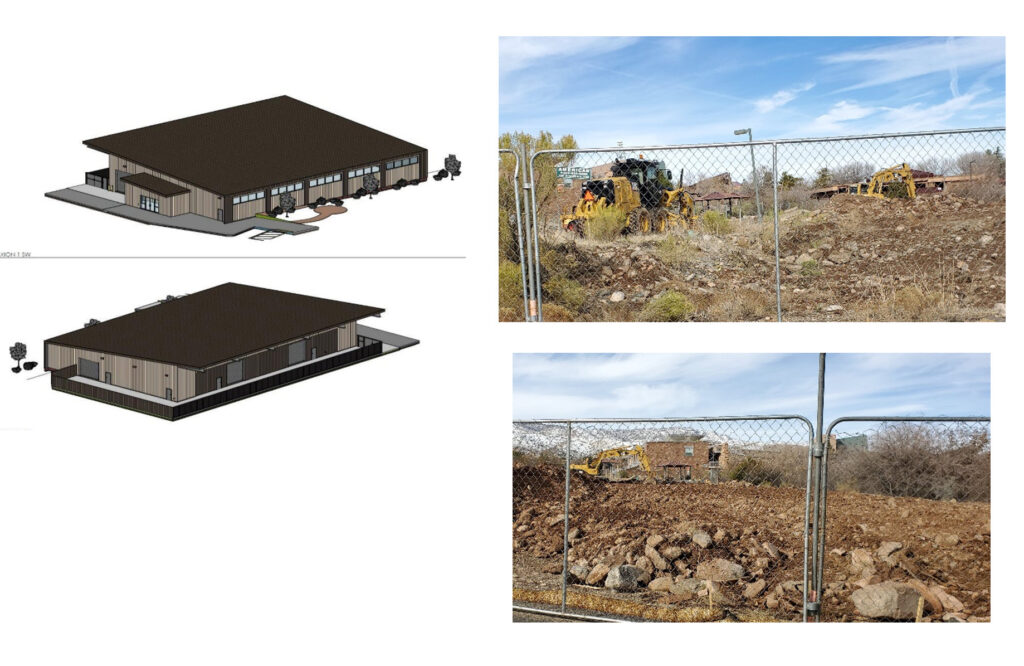Already, 23 of 45 seats filled; Brewery Technology Certificate requires 16 hours of credit
 The Brewery Technology Certificate classes will not kick off for the first time until August 16. However, if June early registration is an indication, they will be near full. Registration for the courses as of June 27 showed what appears to be immediate popularity of them with 23 of the available 45 seats already taken.
The Brewery Technology Certificate classes will not kick off for the first time until August 16. However, if June early registration is an indication, they will be near full. Registration for the courses as of June 27 showed what appears to be immediate popularity of them with 23 of the available 45 seats already taken.
The Community College has set up an industry-standard pilot-brewery similar to those used by breweries to make small batches of beer for experimentation. It will not be doing a “tap” as the focus is on training students who are employable. A certificate in Brewery Technology requires successful completion of four eight-week courses totaling 16 credits.
Students will have the small pilot-brewery, a series of fermenters, a brew station, and some smaller brew kettles to make beer on their own.
The Community College does not intend to grow hops or other crops on its vacant 80 acres of land on the Verde Valley Campus. Rather, it will purchase hops from sources in the town of Camp Verde.


 Yavapai Community College announced in a short press release on Wednesday, June 23 that it will waive fall semester tuition for all students enrolling in classes at the Verde Valley new Skilled Trade Center. The 10,000 square foot Center is currently under construction but is expected to be ready by August.
Yavapai Community College announced in a short press release on Wednesday, June 23 that it will waive fall semester tuition for all students enrolling in classes at the Verde Valley new Skilled Trade Center. The 10,000 square foot Center is currently under construction but is expected to be ready by August.
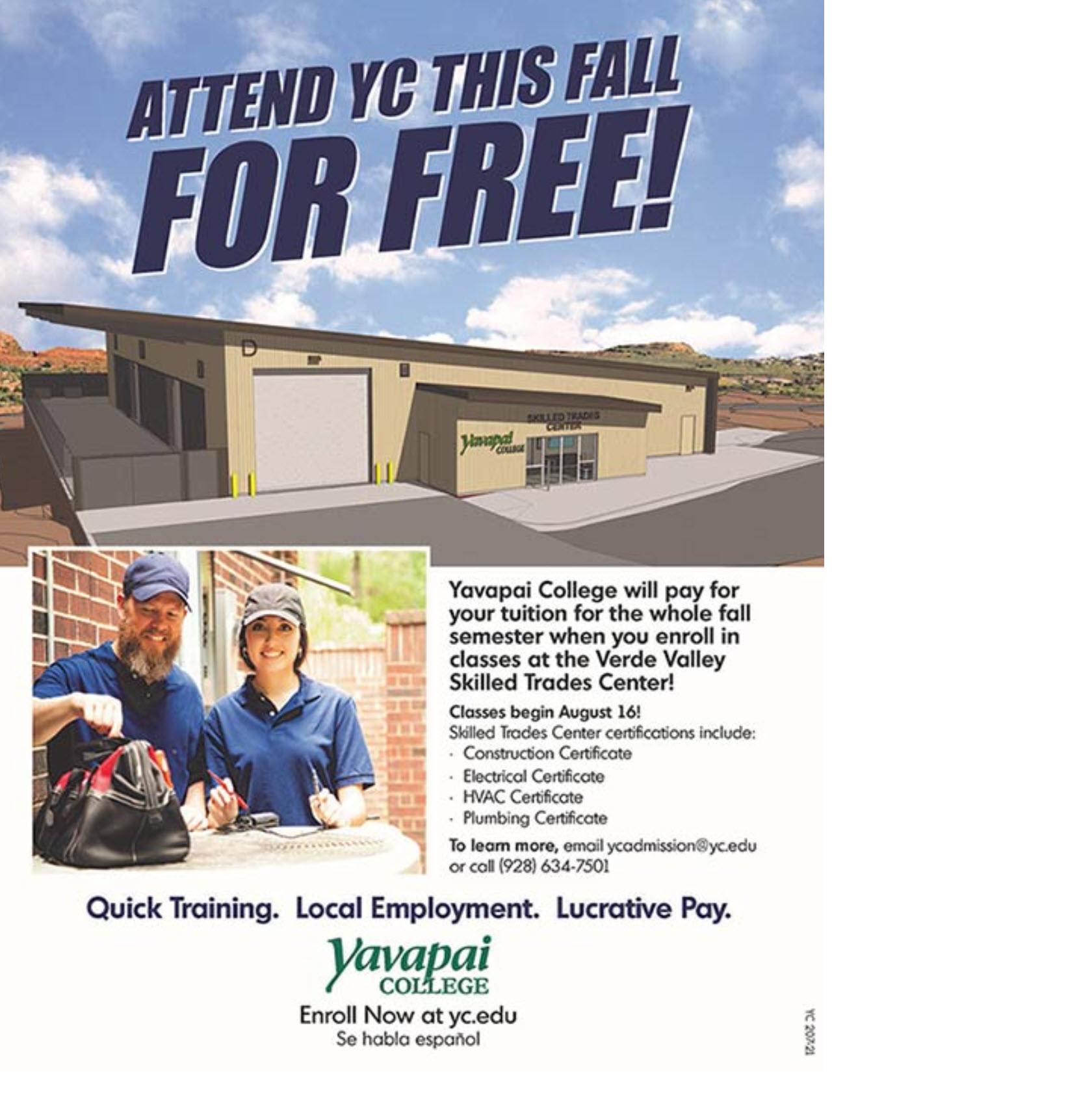

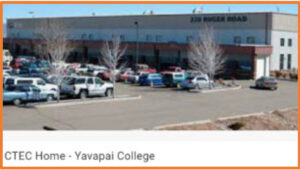 The materials in the District Governing Board Agendas for February and May 2007, describe how the purchase of the building at the Prescott airport would be financed. The District Governing Board formally approved a lease-purchase financing agreement for the acquisition of the building “to expand occupational and technical career programs for our citizens.” The lease/purchase agreement indicated that an annual payment would continue until the lease/purchase agreement was fulfilled. The new Career and Technical Educational Center (CTEC) on the west side of Yavapai County was born and set to become fully operational in time for the fall 2007 semester.
The materials in the District Governing Board Agendas for February and May 2007, describe how the purchase of the building at the Prescott airport would be financed. The District Governing Board formally approved a lease-purchase financing agreement for the acquisition of the building “to expand occupational and technical career programs for our citizens.” The lease/purchase agreement indicated that an annual payment would continue until the lease/purchase agreement was fulfilled. The new Career and Technical Educational Center (CTEC) on the west side of Yavapai County was born and set to become fully operational in time for the fall 2007 semester. Later, the central west County JTED office would be moved to the Community College west side CTE facility. It afforded the closest cooperation and coordination between the Community College CTE training programs and the high school JTED.
Later, the central west County JTED office would be moved to the Community College west side CTE facility. It afforded the closest cooperation and coordination between the Community College CTE training programs and the high school JTED. Yavapai Community College’s Sedona Center Culinary Arts announced a new baking and pastry certificate program for the fall of 2021. In its announcement, the Community College said that the program is “designed to fast-track students with the skills for baking positions in food preparation.” Chef Robert K. Barr, Director of the Sedona Culinary Arts Program, said that “baking skills are polished as students learn more difficult baking, pastry and dessert techniques.”
Yavapai Community College’s Sedona Center Culinary Arts announced a new baking and pastry certificate program for the fall of 2021. In its announcement, the Community College said that the program is “designed to fast-track students with the skills for baking positions in food preparation.” Chef Robert K. Barr, Director of the Sedona Culinary Arts Program, said that “baking skills are polished as students learn more difficult baking, pastry and dessert techniques.” In a report to the District Governing Board April 20, 2021, Yavapai Community College listed a total of 59 Career and Technical Education (CTE) programs being offered throughout the District. In addition, it listed eight CTE programs that are offered on-line.
In a report to the District Governing Board April 20, 2021, Yavapai Community College listed a total of 59 Career and Technical Education (CTE) programs being offered throughout the District. In addition, it listed eight CTE programs that are offered on-line.
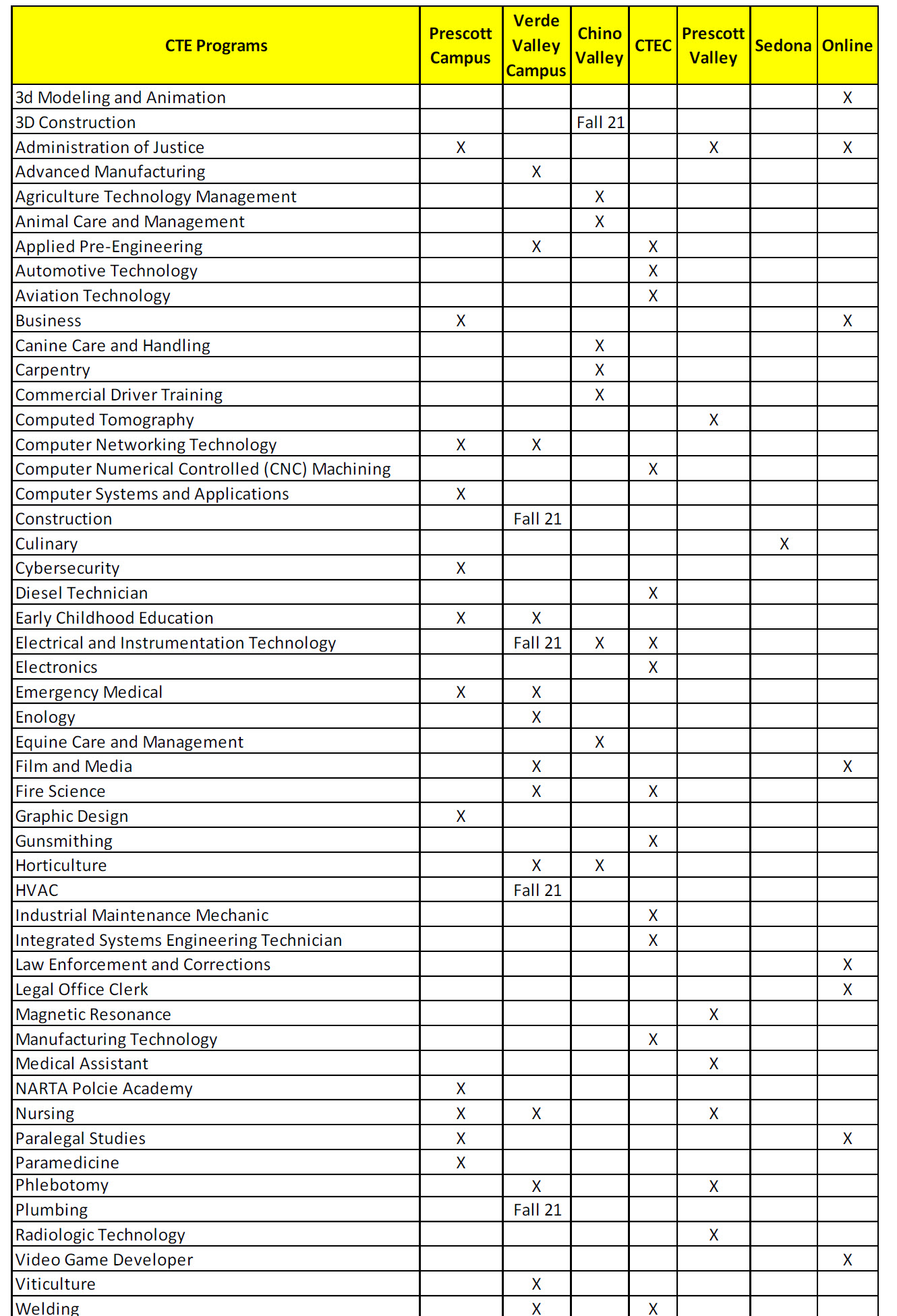

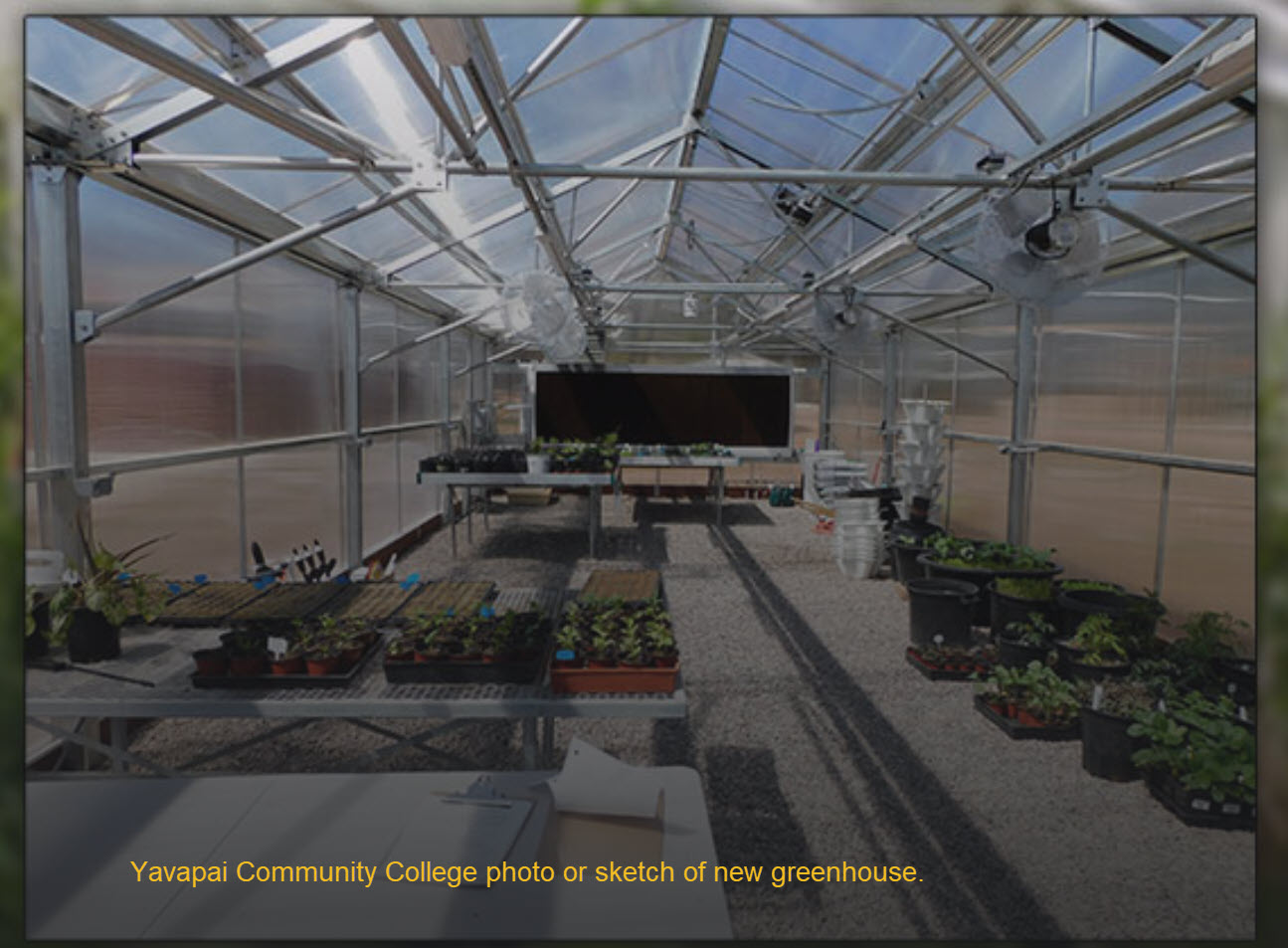
 A story by reporter Vyto Starinskas in the March 7, 2021 Verde Independent highlighted the new Brewery Technology Certificate offered the fall of 2021 by Yavapai Community College. A certificate in Brewery Technology can be obtained by successfully completing four eight-week courses worth 16 credits. (See academic sequence below.)
A story by reporter Vyto Starinskas in the March 7, 2021 Verde Independent highlighted the new Brewery Technology Certificate offered the fall of 2021 by Yavapai Community College. A certificate in Brewery Technology can be obtained by successfully completing four eight-week courses worth 16 credits. (See academic sequence below.) 
 Yavapai Community College Dean of Career and Technical Education, John Morgan, gave an interview to News Director, Mr. Philip Catalfamo, on Yavapai Broadcasting’s “County Wide” Verde Valley television program a couple weeks ago about the future of the new CTE facility on the Verde Campus. In the program, Dean Morgan briefly outlined the origin of the new CTE facility and extensively explained how the facility will function.
Yavapai Community College Dean of Career and Technical Education, John Morgan, gave an interview to News Director, Mr. Philip Catalfamo, on Yavapai Broadcasting’s “County Wide” Verde Valley television program a couple weeks ago about the future of the new CTE facility on the Verde Campus. In the program, Dean Morgan briefly outlined the origin of the new CTE facility and extensively explained how the facility will function. 